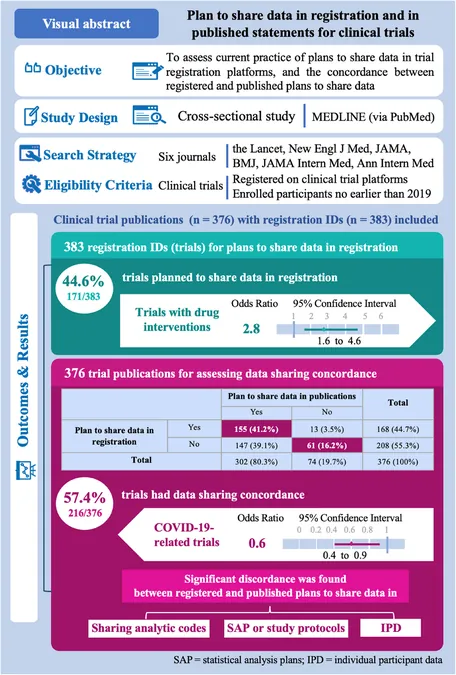
Shocking Shift: More Kids Now Obese Than Underweight for the First Time Ever!
2025-09-10
Author: Michael
In a startling revelation from a recent UN report, childhood obesity has officially overtaken underweight as the more critical health issue worldwide. This alarming trend highlights the overwhelming influence of ultra-processed junk food on the diets of children and teens.
According to UNICEF, approximately 188 million children and teenagers, or one in ten, are now classified as obese. This shift poses serious threats to their health and development, increasing the risk of various life-threatening diseases.
A New Definition of Malnutrition
Catherine Russell, executive director of UNICEF, emphasizes that malnutrition is no longer solely about being underweight. Instead, obesity is becoming increasingly prevalent, especially as ultra-processed foods replace essential nutrients like fruits and vegetables during a crucial growth period.
The Shocking Statistics
The report indicates that 9.4% of the global population aged 5 to 19 is now obese, compared to 9.2% who are underweight. To illustrate the dramatic shift, back in 2000, nearly 13% of this age group was underweight, while only 3% were obese.
Obesity rates have surged across the globe, except in sub-Saharan Africa and South Asia, where malnutrition persists in other forms. This double burden of malnutrition—being both overweight and underweight—poses unique challenges, even in nations wrestling with food scarcity.
A Global Crisis
Analyzing data from over 190 countries, the report "Feeding Profit: How Food Environments are Failing Children" sheds light on the growing crisis. Currently, one in five youth aged 5 to 19 is overweight, with 42% of this group categorized as obese, a significant rise from 30% in 2000.
Hotspots of Obesity
Pacific Island nations are facing the worst obesity crises, with shifts toward inexpensive, energy-dense imported food. In places like Niue, 38% of youths are obese, and the Cook Islands report similar figures. In wealthier nations, like the United States and Chile, obesity rates are equally troubling, hitting 21% and 27%, respectively.
A Growing Concern in Wealthy Countries
Even in the UK, childhood obesity has risen from 9% in 2000 to 11% in 2022. Figures for overweight children climbed to 30%, up from 29%. The steepest increases have been noted in low- and middle-income countries where the proliferation of modern retail and delivery services has made unhealthy foods more accessible and cheaper than their healthier counterparts.
Health Risks and Economic Fallout
The rise of childhood obesity carries significant long-term health risks, including heart disease, type 2 diabetes, and certain cancers. Additionally, the World Obesity Federation projects that by 2035, the global burden of overweight and obesity will exceed a staggering $4 trillion annually—an economic impact hard to ignore.
Rethinking Food Policies
While Mexico's proactive measures to ban the sale of ultra-processed foods in schools show positive steps, UNICEF calls for more robust regulations. This includes implementing clearer labeling, restrictions on marketing unhealthy foods, and providing support for vulnerable families to access nutritious options.
The report urges governments to rise to the challenge, implementing strong safeguards against the influence of the ultra-processed food industry to effectively protect children and their futures.









 Brasil (PT)
Brasil (PT)
 Canada (EN)
Canada (EN)
 Chile (ES)
Chile (ES)
 Česko (CS)
Česko (CS)
 대한민국 (KO)
대한민국 (KO)
 España (ES)
España (ES)
 France (FR)
France (FR)
 Hong Kong (EN)
Hong Kong (EN)
 Italia (IT)
Italia (IT)
 日本 (JA)
日本 (JA)
 Magyarország (HU)
Magyarország (HU)
 Norge (NO)
Norge (NO)
 Polska (PL)
Polska (PL)
 Schweiz (DE)
Schweiz (DE)
 Singapore (EN)
Singapore (EN)
 Sverige (SV)
Sverige (SV)
 Suomi (FI)
Suomi (FI)
 Türkiye (TR)
Türkiye (TR)
 الإمارات العربية المتحدة (AR)
الإمارات العربية المتحدة (AR)